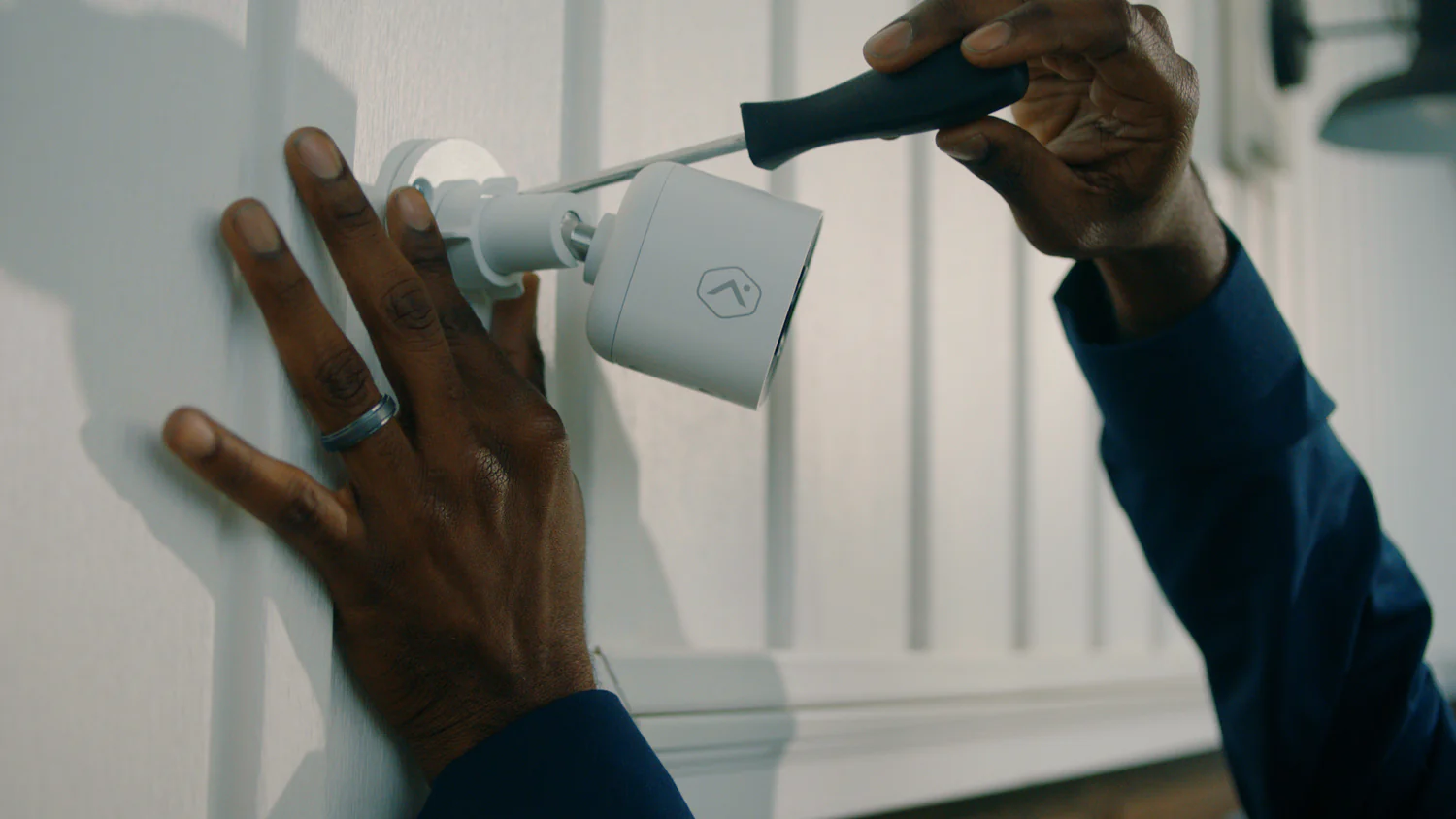Designing Your Smart Home Security System

June 6, 2024
Smart home security systems offer convenience, peace of mind, and enhanced protection for your home and loved ones. However, designing the perfect smart home security setup requires careful consideration of various factors to ensure optimal functionality and effectiveness. In this guide, we'll explore the key steps and considerations involved in designing a smart home security system.
Understanding the Basics of Smart Home Security Systems
Smart home security systems are excellent for deterring criminals and protecting your home and loved ones. Unlike traditional security setups, these systems leverage cutting-edge technology to offer surveillance, monitoring, and control capabilities, all from a mobile device. From remotely accessing live camera feeds to receiving instant alerts on your smartphone, there are plenty of advanced features to explore.
Assessing Your Home Security Needs and Priorities
Before buying a home security system, evaluate your property. Assess your home's layout, entry points, and potential vulnerabilities, such as dark corners or blind spots. Once evaluated, prioritize based on importance and urgency. Security systems can be a significant investment, so establish a budget for upfront costs, monitoring services, or maintenance.
Consider your lifestyle and family dynamics. How do your daily routines intersect with your security requirements? Professional advice can also be invaluable during this phase.
Choosing the Right Components for Your System
- Security Cameras: Choose high-definition cameras with night vision, motion detection, and two-way audio capabilities.
- Smart Locks: Upgrade traditional locks with remote locking, unlocking, and personalized access codes.
- Motion Sensors: Detect movement and trigger actions like alarms or lights in key areas.
- Door and Window Sensors: Alert you when doors or windows are opened or closed.
- Smoke and Carbon Monoxide Detectors: Provide smart alerts for potential fire or gas hazards.
Customizing your security system ensures a tailored solution for your specific needs.
Ensuring Compatibility and Integration with Smart Home Platforms
The ability to integrate your security system with other smart devices enhances its functionality. Platforms like Alarm.com allow you to control and monitor your system through a single, user-friendly app.
DIY vs. Professional Installation
Depending on your technical expertise, you can opt for professional installation or a DIY approach. Professional services ensure correct setup and functionality, while DIY installations are more cost-effective and flexible.
Conclusion
Designing a smart home security system involves understanding your needs, choosing the right components, and ensuring seamless integration. With careful planning, you can create a system that provides enhanced safety, convenience, and peace of mind for your home and loved ones.